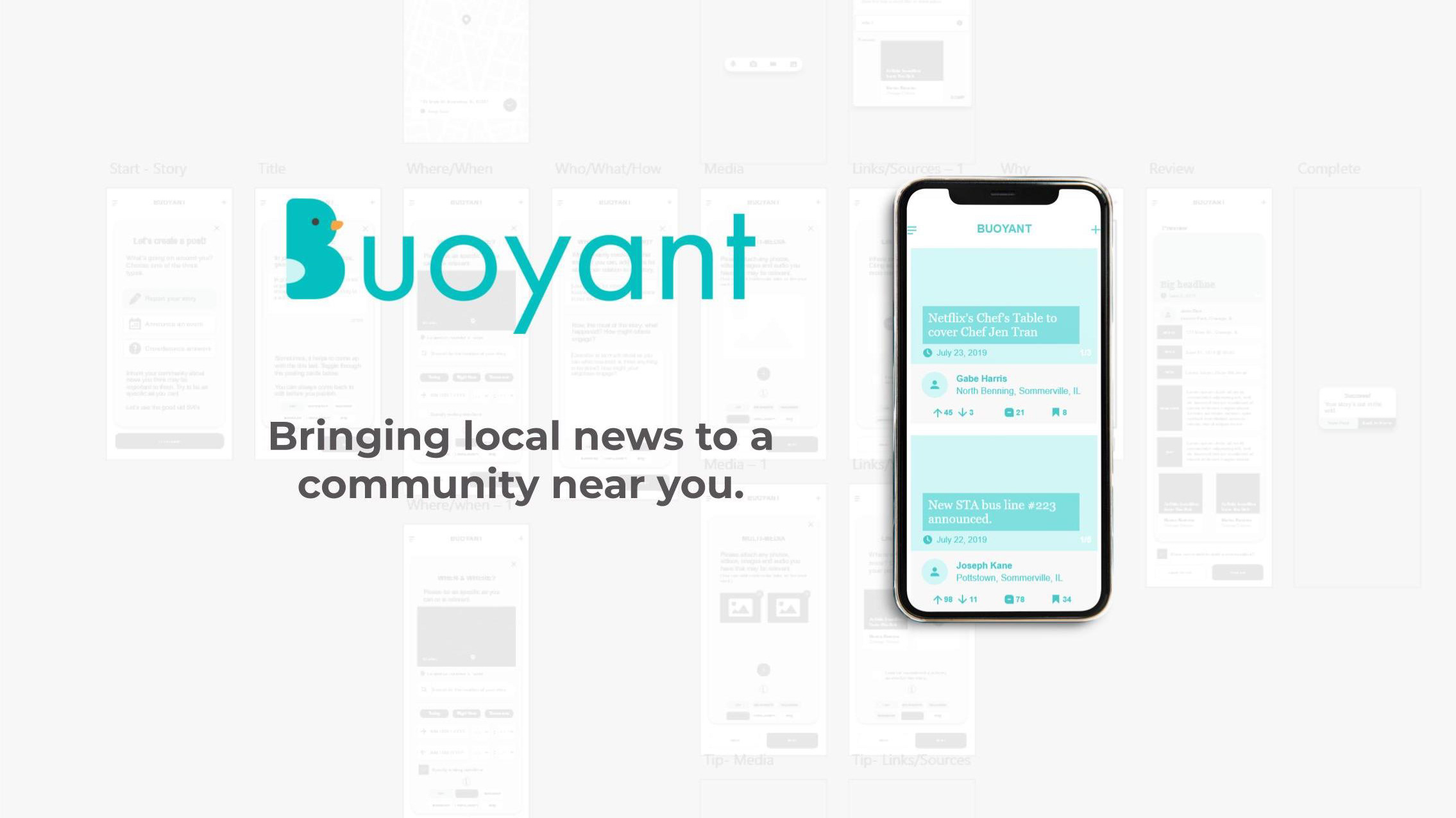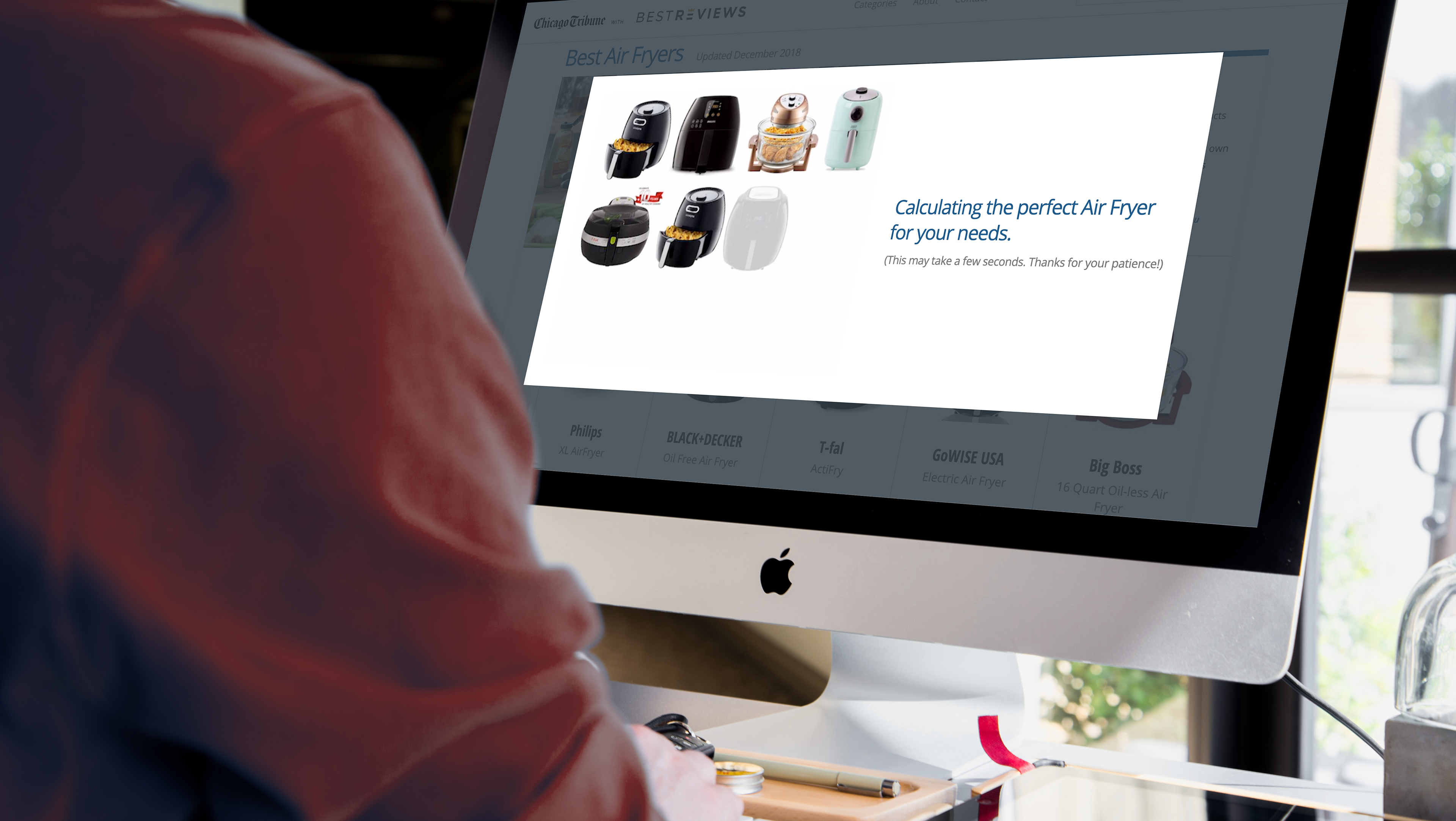Challenge: Taking an audience-centered approach, develop a prototype and a potential business model for a media product for a specific underserved audience.
Role & Key Contributions: As a collective team, we all shared equal responsibilities in setting parameters for the project, conducting user research, synthesizing insights and ideating for our media product. As a part of the product team, we led this research process and the design/development of our prototype/MVP. As the design lead for the team, I created original graphic assets, directed art for all published materials, designed and managed our email newsletter, and managed and published articles on our main site. For our final product brief and shareout, I developed our content strategy roadmap.
Outcome: At the end of 10 weeks, we had three-pronged media product including a functioning content site, a weekly newsletter and an adjacent services directory. We developed an audience development strategy, content strategy and business model that we presented as a business pitch.
With even well-funded journalistic outlets continuing to collapse or struggle, it is clear the journalism industry needs to change its tack. The industry needs new methods for developing sustainable media products with models that are informed not from the top down, but from the bottom up.
There will never be one clear answer about how to make journalism sustainable. But seven graduate students at Northwestern's Medill School of Journalism believed that, through agile approaches made popular by the tech industry and human-centered approaches in the design world, media companies should embrace the spirit of continuous adaptation and keen attention to its audience so that it may not only survive but thrive in this era's media landscape.
This independent study was organized by four students from the Media Innovation and Entrepreneurship program (including yours truly) and three students from the Business and Technology Reporting program. The former four would compose the product team, the latter three would be the content team. All members worked together in the empathizing, defining and ideation stages. Afterwards, the content team aimed for 5 rounds of clips geared towards addressing audience pain points. Meanwhile, the product team worked to develop and operate a functioning prototype and to prepare for a final round of user feedback. As a group, we prepared a final presentation consisting of a simplified business pitch and an insights share-out.
We had a short period of just 10 weeks to rapidly and nimbly develop a potential media product solution for a reasonably sized, yet potentially scalable, audience. Prior to the quarter, we convened to define audience parameters and acknowledge constraints we would have to work with. For our audience, we settled on the hosts of the rapidly growing vacation rental industry (via platforms like Airbnb or Vrbo). This target audience was suitable for our purposes because (1) it's a nascent industry, (2) it involves technological disruption, (3) it is composed mainly by a relatively old demographic, (4) allows for an initial local launch while having obvious potential for national/global scaling and (5) lacks a category leader.
Research and Ideation
In the first two weeks we conducted field research, visiting and interviewing hosts around Chicago. Through synthesizing insights, we identified characteristics of our users and their key pain points. Most notably, we learned that hosts struggled with pricing their homes despite Airbnb's suggestions and with navigating the shifting legal landscape. Many hosts felt that Airbnb put guests over them whether in conflict situations or in overall operations. Chicago's hosts, like those of many other cities across the country, faced a murky and often complicated legal situation.
We also found hosts to generally identify as independent people. However, for many the chance to engage with guests from all over is an aspect they cherish and many have expressed how challenging it could be to find the information they need or to learn from other hosts.
In our market research, we learned about how the adjacent ecosystem of services, such as cleaning, property management, maintenance, laundry or tourism and how such factors played into hosts' concerns for operating time, costs and guest ratings.
From our user insights and additional secondary research regarding Airbnb, the vacation rental space and specifically as it pertains to Chicago, we defined three "how might we" statements to guide our ideation:
The insights and this simple framework led us through a week of ideation and concept testing. We tested three concepts that each specifically addressed one of these HMW statements. Based on the feedback and further concept iteration–as well as the limited resource/time constraints we were working with–we developed an idea we called "The Host HQ."
Content and Product Development
The main component of the Host HQ is, of course, its content. Our model for editorial direction would be guided by audience-centered insights and are published on thehosthq.com. To better accommodate to user media consumption tendencies, we decided to experiment with a weekly email newsletter, packaging together and highlighting top articles from each week. In addition to the analytics gleaned from the site and the newsletter, we experimented with the idea of feedback forms and online community engagement to continuously gauge audience needs and interests.
The second component that we envisioned was the adjacent services listings page, The Host HQ Listings. One one hand the listings tool is meant to be verified and catered specifically to linking local relevant businesses with hosts. This would give hosts a reliable resource to establish relationships, or get services in a pinch or for even encouraging local patronage from guests. It also gives us a potential commerce-based revenue stream.
Below are a few select slides from our pitch deck that describe our efforts in a nutshell.
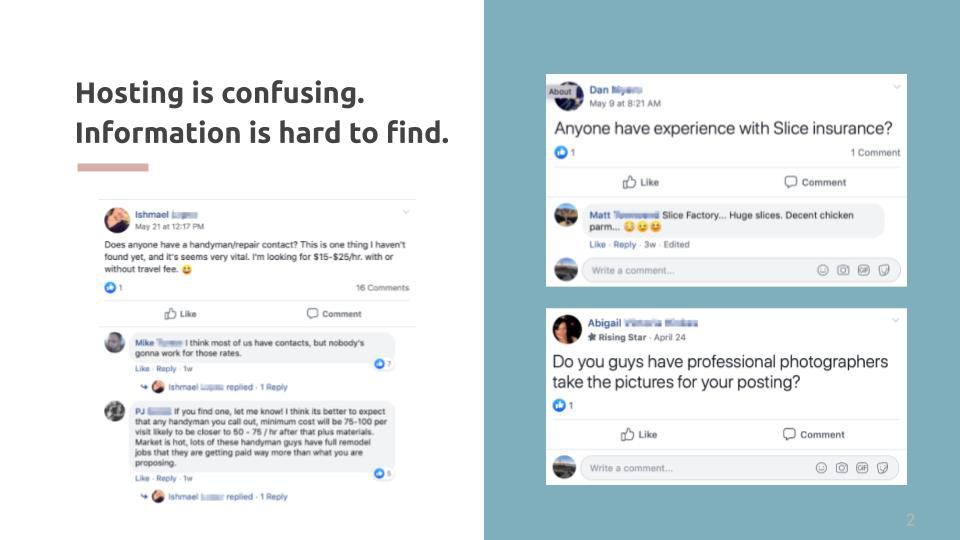
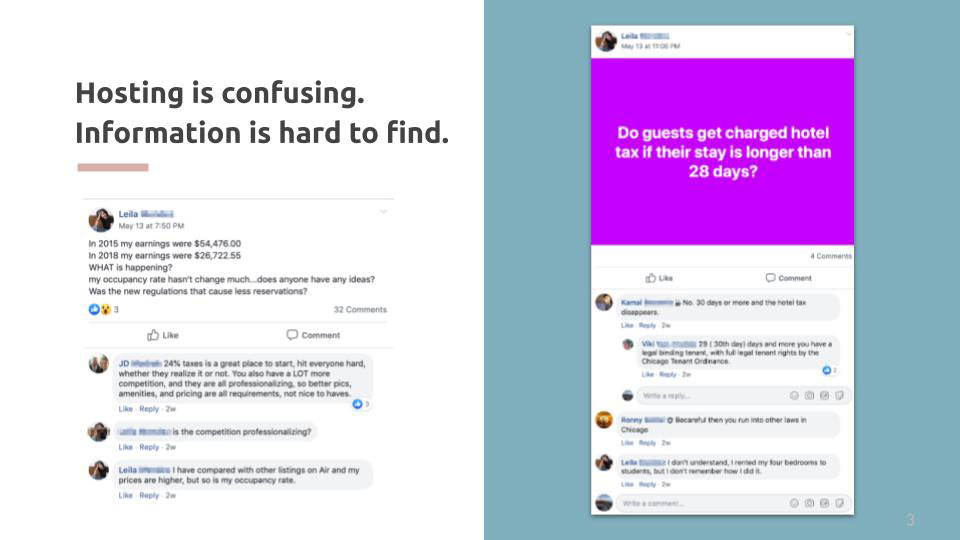
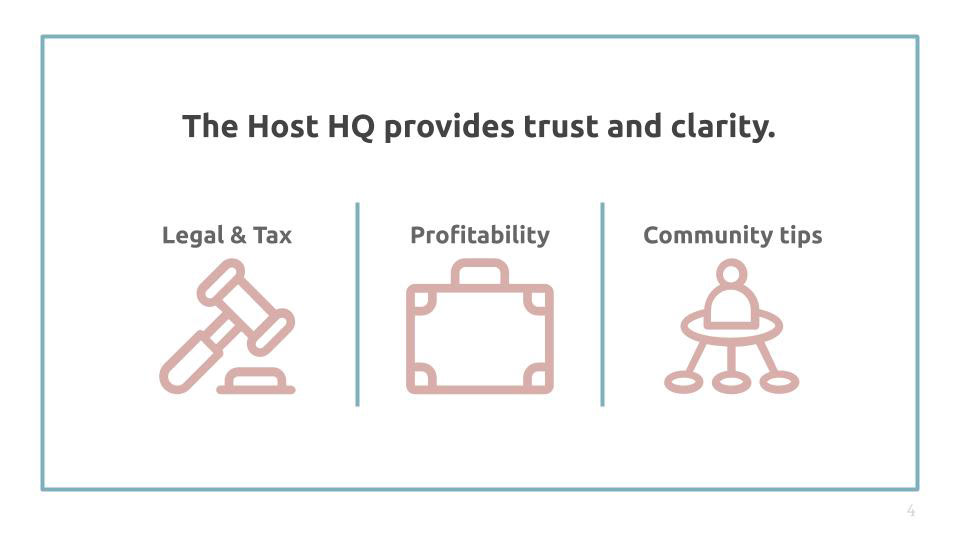
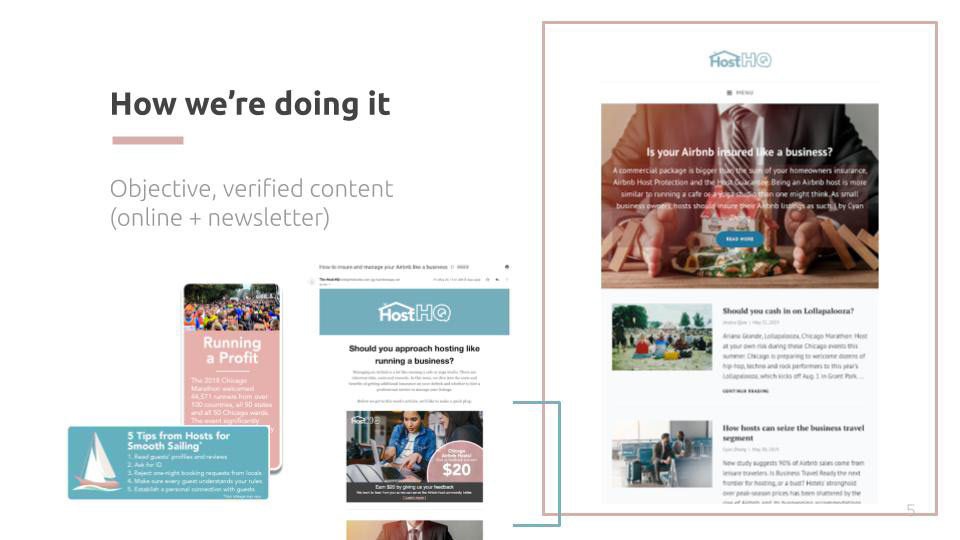
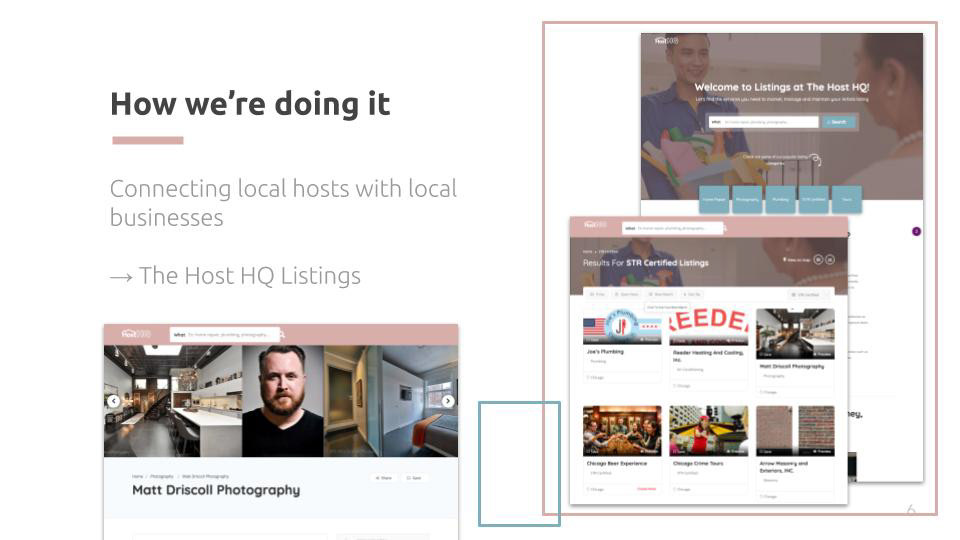
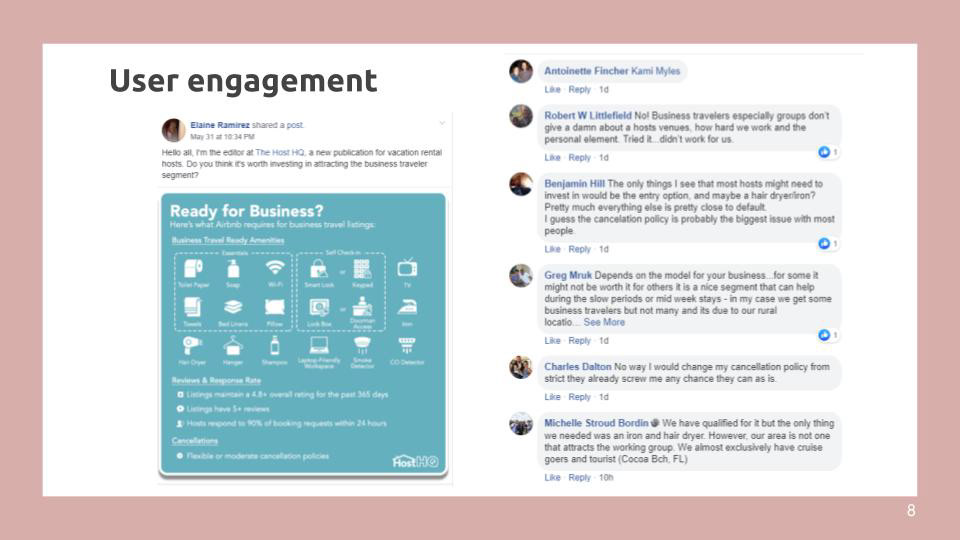
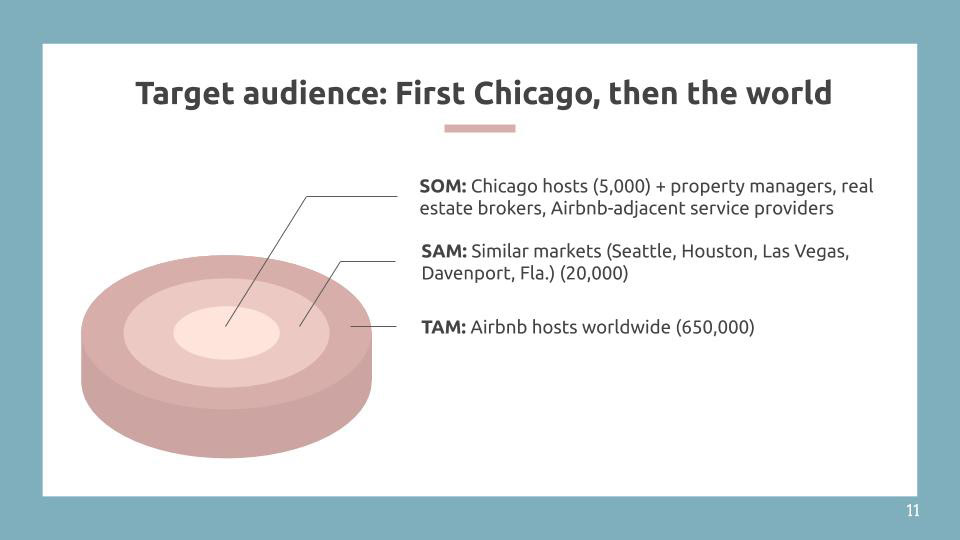
Since our aim was to develop a functioning prototype that we could get user feedback on, our lead developer Melissa and I (the lead designer) attempted to shoot for a goldilocks zone of fidelity: attractive enough to give the content the credibility it deserves while simple to operate enough to build and adjust rapidly.
Our site was built on Wordpress and using a variety of free and paid plug-ins. We enabled Google Analytics to monitor behaviors and performance. Our newsletter was managed and delivered through MailChimp. The listings site was also built through a plug-in theme on Wordpress. You can take a look here:
Thoughts about our brand were also extensive but we kept the visual style deliberately simple and open to rapid adaptation. Below you can see some of the logos I created and an assortment of branded infographics we used in our articles and newsletters. I wrote about our brand, mission and value exercises on our behind-the-scenes blog.
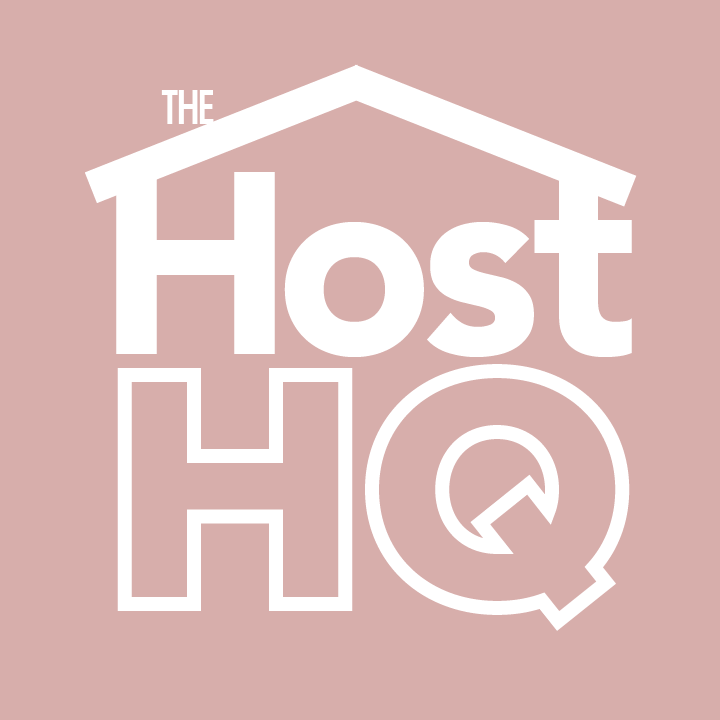

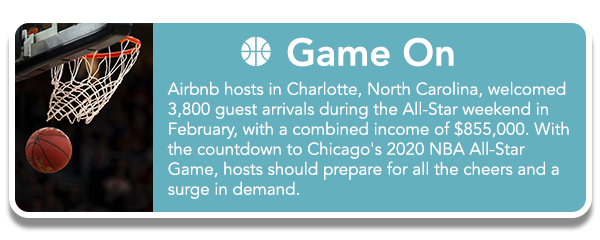
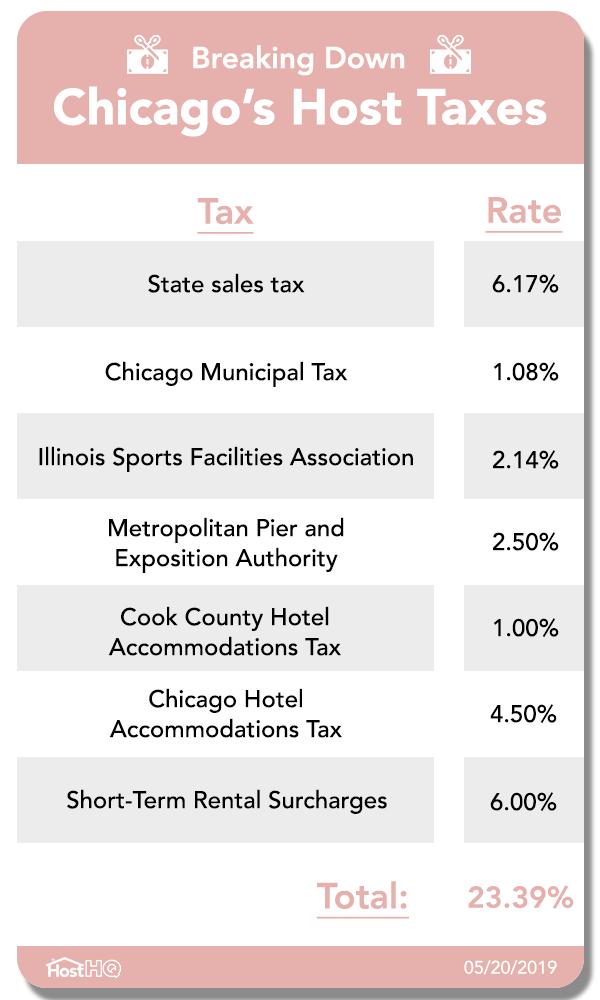
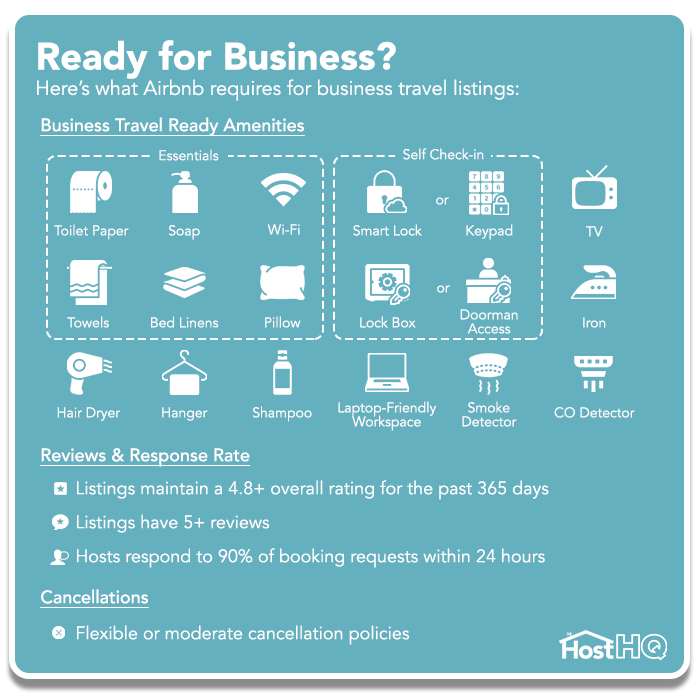
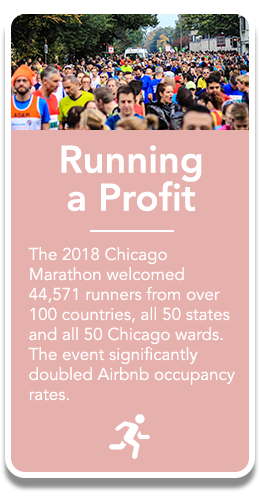
Outcomes, Lessons and Steps for Iteration
By week 11, we completed our last week of content publishing and conducted a final round of user feedback and testing. In addition to a mock business pitch, we developed a presentation and detailed report about what we learned from the overall experience. We also outlined what our next steps would be if we continued, both in the short and long terms. Some key things we were able to develop were a more detailed and extensive content strategy based on better-defined audience personas that were mapped across a stages of the users' maturation/journey. Our audience definitions matured from just Chicago hosts to On-the-fencers, Avg. hosts, and Career hosts.
We also reckoned with the limitations and challenges we faced in attempting rapid media product development. For example, as nimble as we were prepared to be with product iterations, developing content and encouraging audience growth likely inevitably required a more patient timeline.
In addition to designing the deck itself, I was particularly responsible for devising our positioning, engagement strategy and content strategy.
The following slide deck is that insight presentation. To view the detailed report, click here.

